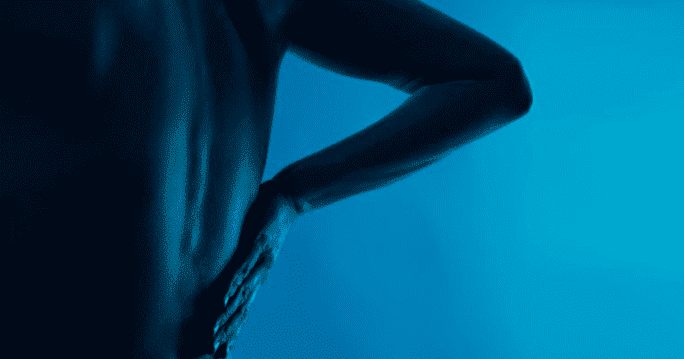August 14, 2023

The pinched nerve theory suggests that muscular or bony obstructions catching a nerve cause pain during movement in the affected area. It also suggests that by removing those obstructions, the pinched nerve would be freed if the condition became a perpetual issue.
Today, many top neurophysiologists agree that this is an outdated theory. They suggest that successful manipulation of the joint is what takes away pain. The pain is reduced by stimulation of nerve fibers, and this reduces how excitable the cells of the CNS are.
When it comes to back discomfort. However, about 85 percent of back pain sufferers are not properly treated.
Researchers suggested that continuing movement through a rehabilitation program was an optimal solution for back pain. They pointed out that long periods of rest have often been connected to continue a movement regimen that strengthens the back instead of resting and weakening it.
Researchers were careful to avoid. Movement programs that include dynamic neuromuscular stabilization and a computer-assisted rehabilitative environment for proper walking are optimal for treating compressed, pinched and inflamed nerves in the back.
When pain is triggered in the body, it causes an electrical impulse in the nerve fibers. This travels to chronic pain.
The key tors of the individual.
People who injure their backs should contact a dynamic neuromuscular rehabilitation specialist for best results. Rehabilitation programs that focus on natural movement to overall health than other options.
Dr. Lev Kalika is a world-recognized expert in musculoskeletal medicine. with 20+ years of clinical experience in diagnostic musculoskeletal ultrasonography, rehabilitative sports medicine and conservative orthopedics. In addition to operating his clinical practice in Manhattan, he regularly publishes peer-reviewed research on ultrasound-guided therapies and procedures. He serves as a peer reviewer for Springer Nature.
Dr. Kalika is an esteemed member of multiple professional organizations, including: